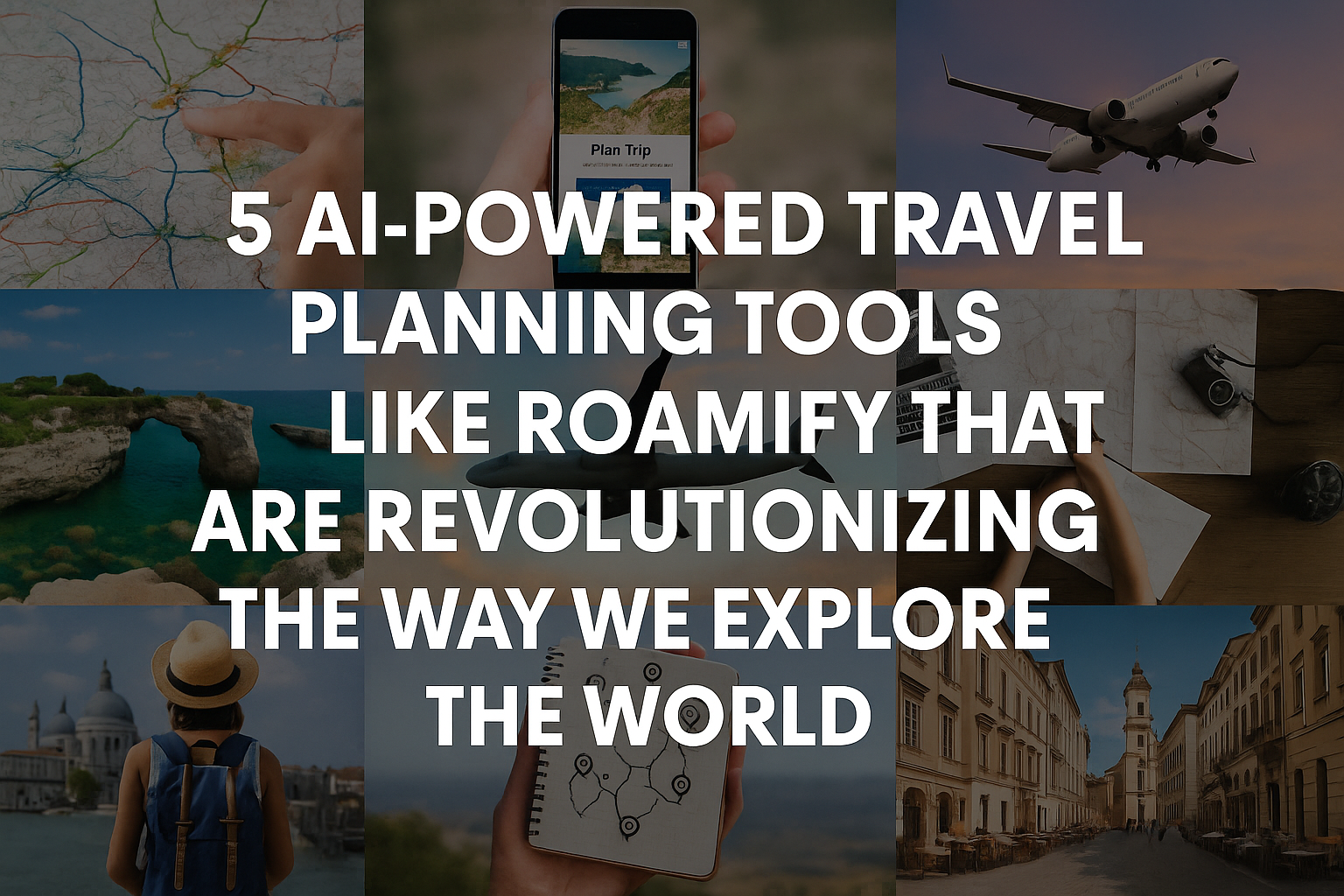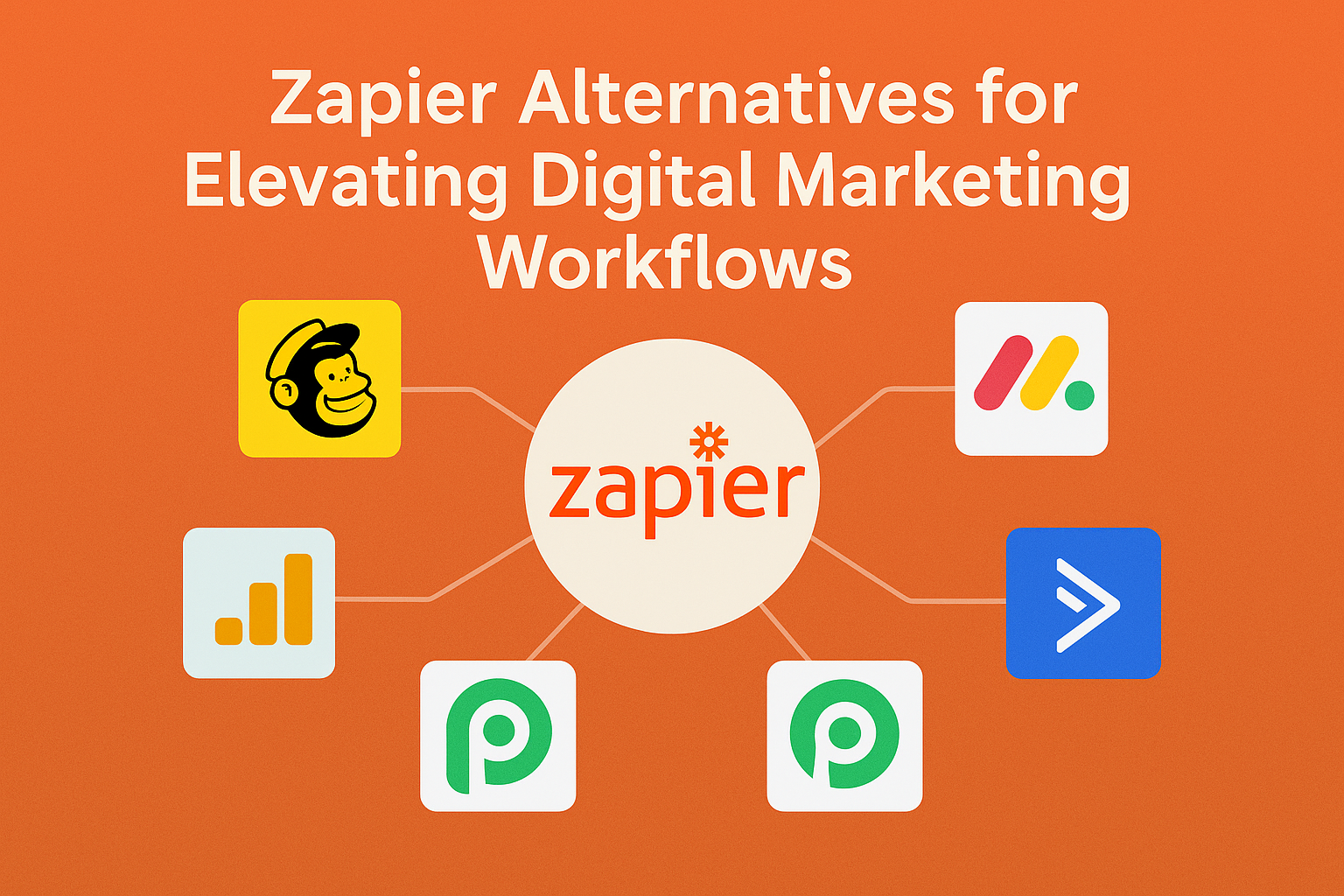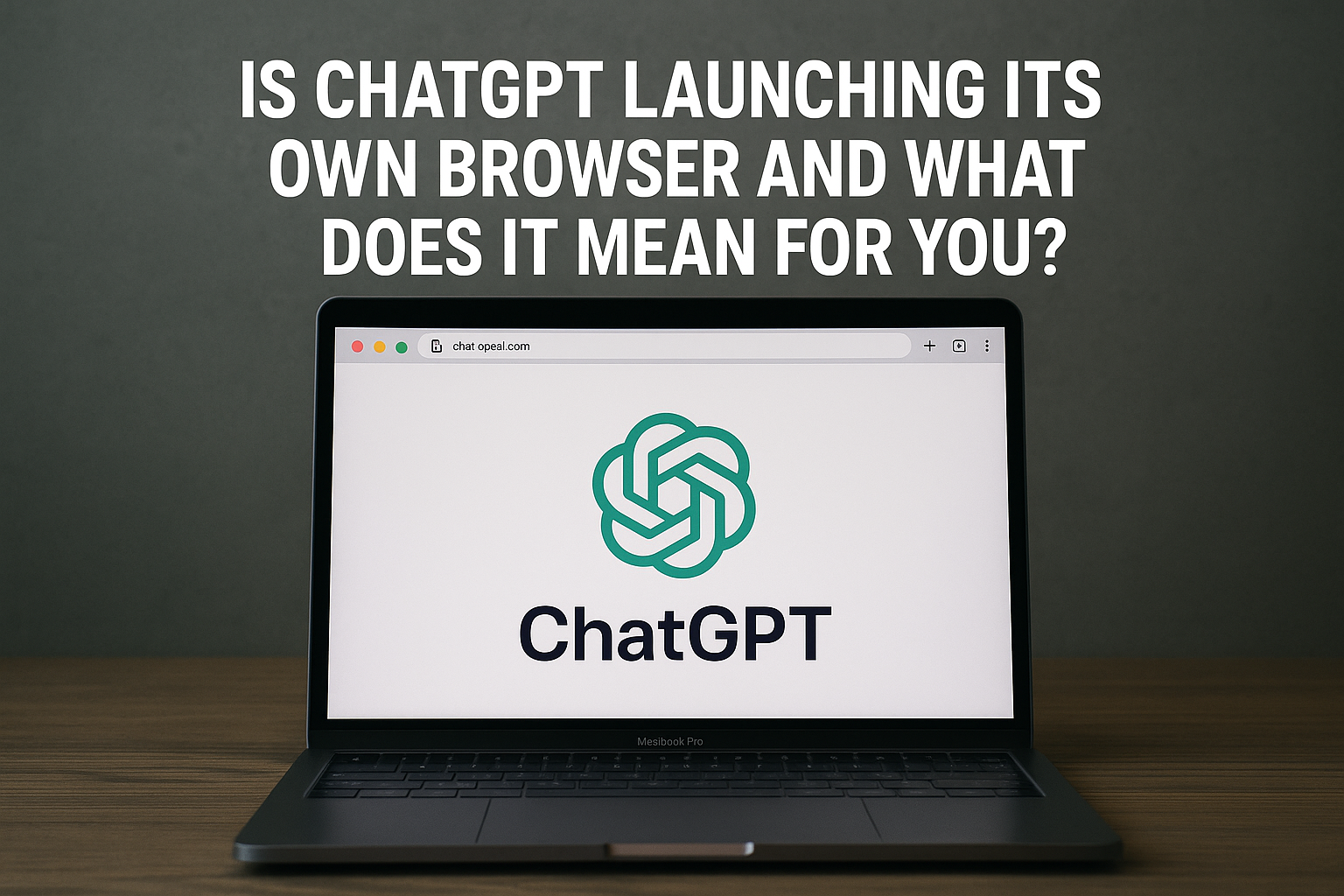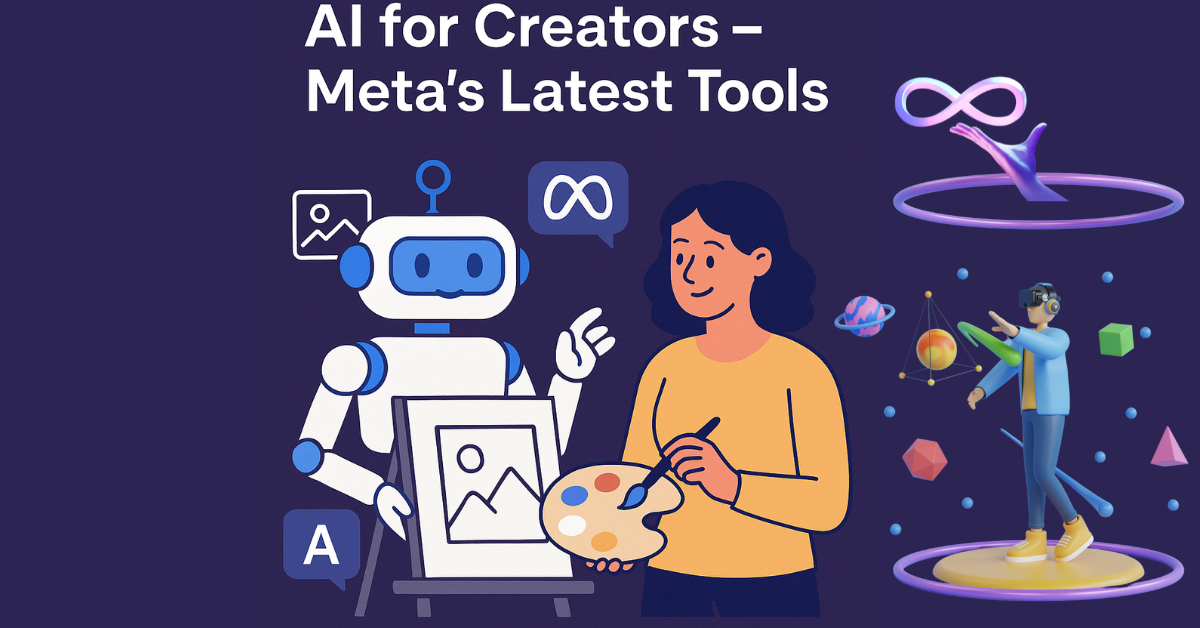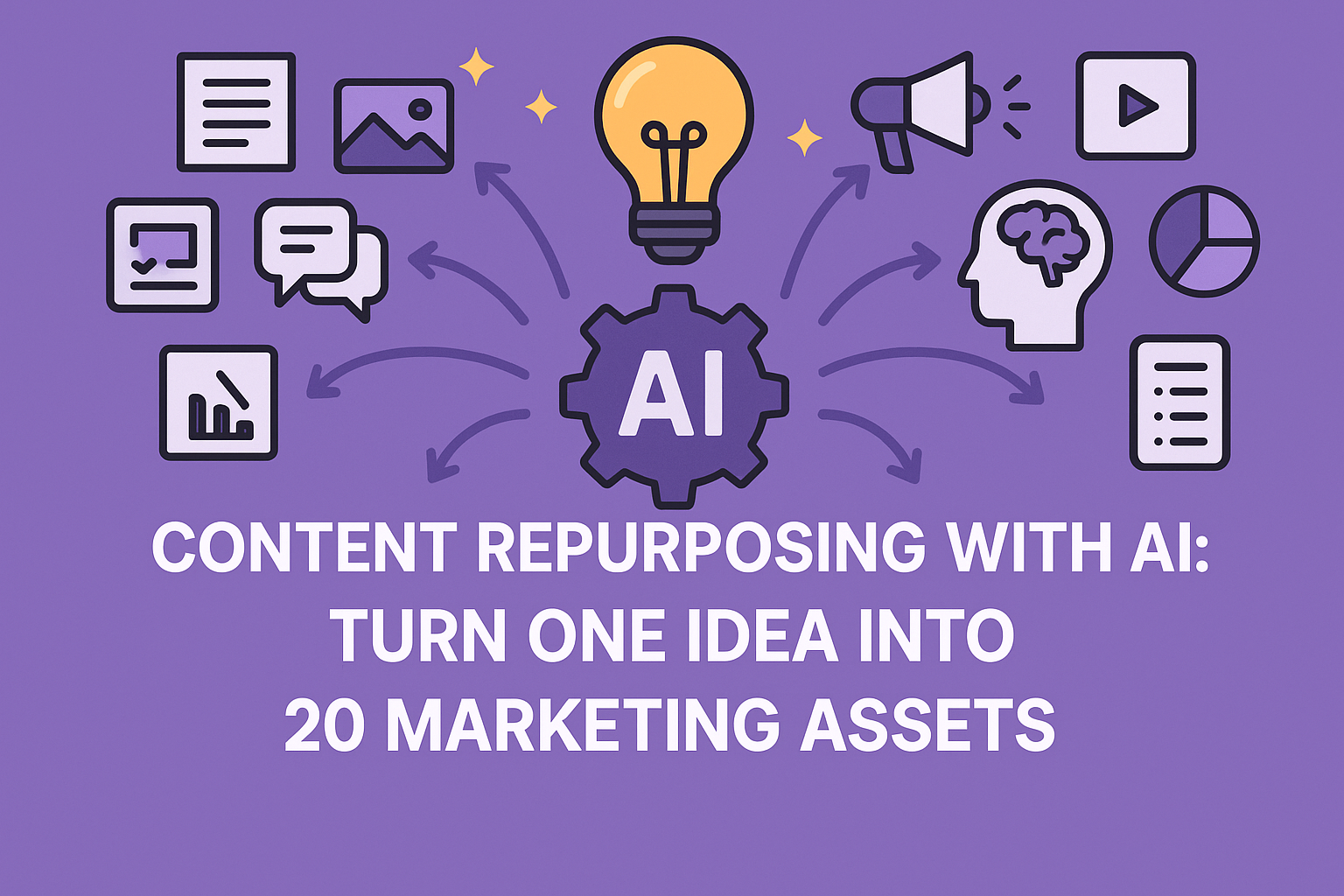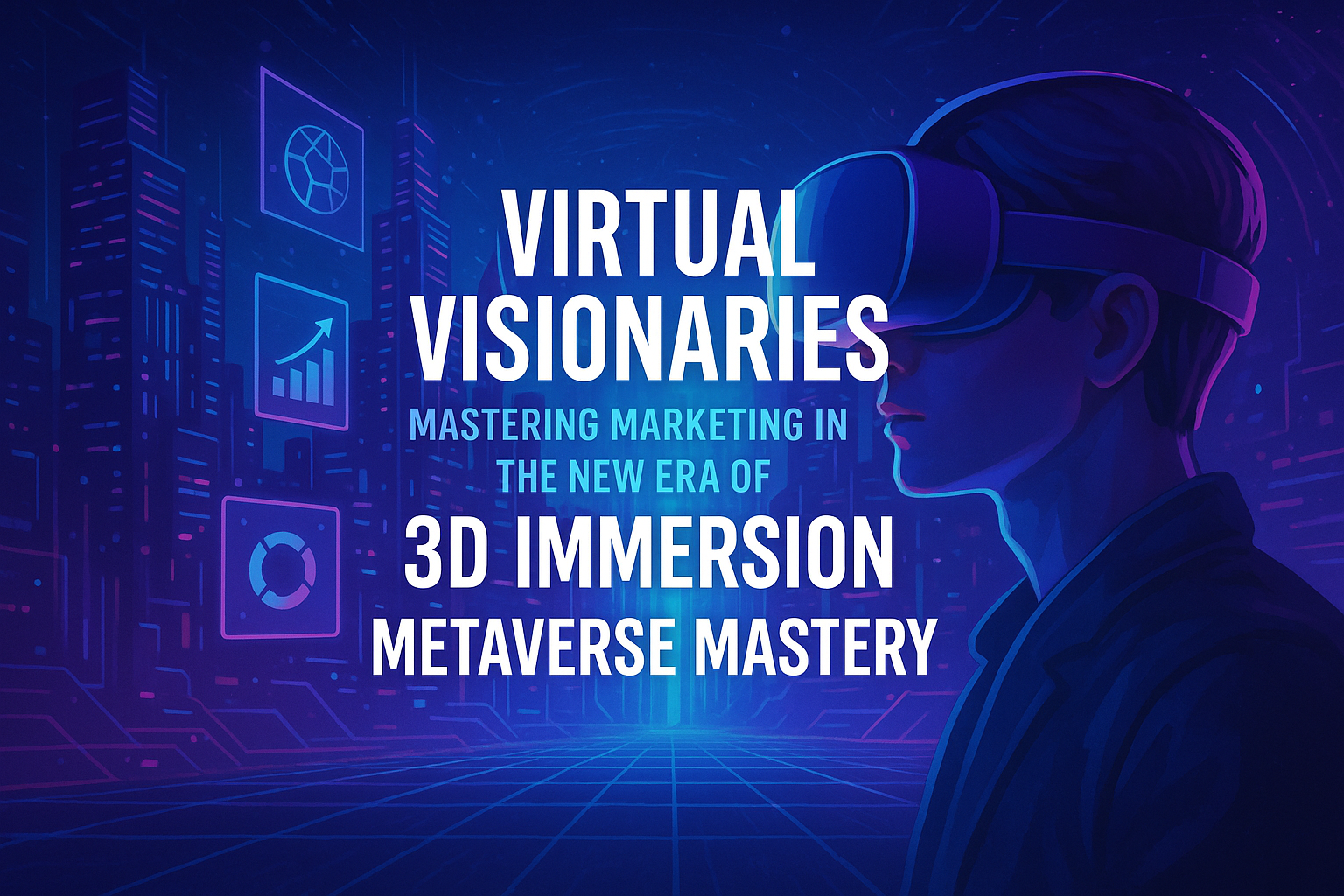In a world where time is of the essence and digital tools continue to redefine every industry, travel has emerged as one of the most transformed sectors thanks to artificial intelligence. Gone are the days of juggling dozens of tabs, spreadsheets, or relying solely on human agents for itineraries. Today, AI travel planners like Roamify, Kayak’s AI assistant, Google Gemini-powered Trips, and Trip Planner AI are not only automating the travel experience but also personalizing it in ways once thought impossible.
This blog delves deep into the rise of AI-powered travel tools, with Roamify taking center stage, showcasing how these intelligent platforms are reshaping the planning experience for modern globetrotters.
The Rise of AI in the Travel Industry
Artificial intelligence has been stealthily integrating into the travel ecosystem for years—from chatbots on booking websites to recommendation engines on hotel platforms. But only in the last few years, especially post-pandemic, have we seen a surge in standalone AI-powered trip planning tools.
Why now? The answer lies in the confluence of several factors:
- Explosion of user data
- Availability of large language models (LLMs)
- Demand for hyper-personalization
- Growth in solo, remote, and flexible travel lifestyles
AI isn’t just a convenience anymore; it’s a necessity for efficient and personalised travel planning.
What is Roamify? An Introduction to the AI Travel Buddy
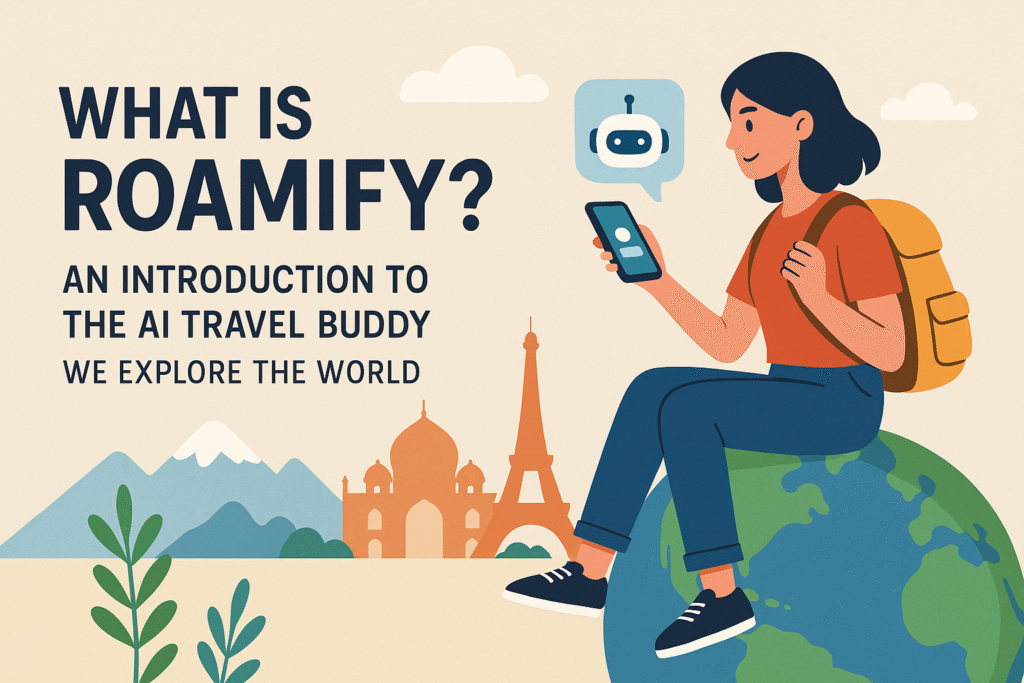
Roamify is one of the emerging tools that harnesses AI to craft real-time, intelligent travel itineraries tailored to individual World preferences. What makes Roamify stand out is its intuitive interface, real-time updates, dynamic trip-building features, and integration with third-party booking engines.
At its core, Roamify works by asking a few basic questions:
- Where do you want to go?
- What kind of trip is this (relaxing, adventurous, cultural, foodie)?
- How many days do you have?
- What’s your budget?
From there, it taps into a massive data pool—ranging from weather forecasts, Google Maps data, local events, flight/hotel prices, and user-generated reviews—to create a minute-by-minute travel itinerary that evolves with real-time changes.
How Does AI-Powered Travel Planning Actually Work?
Unlike traditional planning tools that follow a fixed structure, AI travel assistants work dynamically. Here’s how:
1. Input Gathering & Natural Language Processing (NLP)
The system reads natural human inputs like “Plan a 5-day trip to Himachal with adventure activities and local food experiences,” and parses out key variables such as:
- Duration
- Destination
- Type of experience
- Preferences (food, culture, etc.)
2. Data Mining & Recommendation Matching

AI then scrapes and processes:
- Google and TripAdvisor reviews
- Local business data
- Real-time transportation info
- Seasonal events or festivals World
- Hotel/hostel/flight availability
3. Optimisation & Schedule Building
The tool schedules your day hour by hour—factoring in location proximity World, travel time, weather, and even energy levels (for example, relaxing activities in the evening).
4. Adaptive Intelligence
Many tools, including Roamify, are starting to add feedback loops. Based on your past behavior (or real-time feedback), they tweak future suggestions, much like Netflix or Spotify.
Key Features That Make Roamify Stand Out
While several AI tools exist, Roamify has rapidly grown in popularity due to some standout features:
1. Minute-by-Minute Planning
Most apps offer general suggestions. Roamify goes further by giving detailed timelines like:
- 10:00 AM – Coffee at hidden café in Montmartre
- 11:30 AM – Guided street art walking tour
- 1:00 PM – Local boulangerie lunch
2. Local Integration
Using APIs from Yelp, Zomato, and Google Places, Roamify gives you hyper-local and real-time recommendations that change based on traffic, weather, and even crowd levels.
3. Offline Mode
Especially useful for backpackers and digital nomads in areas with low internet connectivity, Roamify lets users download their entire trip schedule and navigation offline.
4. Custom Mood-Based Itineraries
Feeling spontaneous? Use “Mood Mode” to get a spontaneous plan based on current emotions—relaxing, romantic, thrill-seeking, or mindful travel.
5. AI-Powered Cost Control
By automatically comparing prices across hundreds of portals, Roamify not only suggests but also optimizes your plan within budget. It even tells you when to buy based on forecasted price changes
Other Noteworthy AI Travel Tools You Should Know
Though Roamify leads in custom trip generation, it’s not alone. Here are other notable tools contributing to the AI travel revolution:
Kayak’s AI Assistant
Their chat-based assistant helps you discover deals and build plans quickly, especially for budget-conscious travelers.
Trip Planner AI
Perfect for multi-destination planning across countries with pre-designed templates for different trip goals.
Google Gemini’s Travel Mode
With deep integration into Gmail and Google Maps, Gemini automatically extracts travel details from emails and builds auto-schedules and reminders.
Hopper
Specializes in predicting price fluctuations for flights and hotels using AI, ensuring you book at the right time.
Why AI-Powered Travel Tools Are Game-Changers
📌 1. Saves Time
The average traveler spends 10+ hours researching a trip. AI tools slash World that down to minutes without compromising personalization.
📌 2. Reduces Stress
Planning is often overwhelming, especially for complex multi-city trips. AI removes the guesswork.
📌 3. Personalized to the Core
Forget cookie-cutter tours—AI designs your trip based on you, not what works for the masses.
📌 4. Real-Time Adaptability
Imagine being in Goa, and your beach plan gets washed out due to rain. Roamify will re-plan your day within seconds—maybe suggesting a spa or local food trail instead.
AI Travel Planning for Different Types of Travelers
Whether you’re a solo nomad, family vacationer, couple, or digital nomad, AI tools adapt accordingly:
🧍♂️ Solo Traveler
- Focus on safety, offbeat stays, and flexible timing
Family
- Plans include kid-friendly attractions, shorter commute time, breaks, and safety-first destinations
Digital Nomads
- Coworking spaces, Wi-Fi ratings, quiet cafés, and visa-free zones are prioritized
Couples
- Romantic, scenic spots, couple-friendly stays, and privacy filters are used
Can AI Replace world Human Travel Agents?
Not entirely.
While AI can beat agents in terms of speed, personalization, and data depth, it still lacks the human empathy and storytelling of experienced agents. However, hybrid models are emerging where AI does the heavy lifting, and human agents refine the final plan—a trend known as “Human-in-the-Loop” travel curation.
Limitations of AI Travel Planning (for now)
- No Emotional Judgment: AI doesn’t always “get” emotional preferences or instinctive desires.
- Bias in Data: AI can inherit biases from online data sources, favoring over-commercialized locations.
- Connectivity Dependence: Most tools need active data unless designed with offline support.
But these limitations are fast being addressed with smarter context understanding and better data filtering algorithms. Learn more about AI with Zealimapct

